5 Common Plumbing Issues Homeowners Face and How to Prevent Them
By Nicole Buchanan | June 17, 2025
This article explores five frequent plumbing issues encountered by homeowners and provides proactive strategies to prevent future problems. Plumbing issues can lead to substantial damage if not addressed promptly by a plumbing company, resulting in costly repairs. Homeowners often overlook minor problems until they escalate, which underlines the importance of regular maintenance and swift resolution of plumbing faults. By being aware of potential issues and learning how to prevent them, homeowners can enjoy peace of mind and ensure the longevity of their plumbing systems. As the U.S. plumbing market is set to be valued at $158.6 billion by 2029, according to Jobber, understanding these issues becomes even more crucial.
1. Leaky Faucets
One common plumbing issue in households is leaky faucets. They often manifest as persistent drips, leading to water wastage. Homeowners can easily identify leaky faucets through the sound of dripping water or visible water pooling around the sink area. Early identification is crucial to prevent further water damage and increase utility costs. Regular inspection can help detect leaks before they become full-blown problems.
Ignoring leaky faucets can lead to significant water wastage, which impacts utility bills negatively. On average, a leaky faucet dripping at a rate of one drip per second can waste over 3,000 gallons per year. Over time, constant dripping can cause damage to sinks, promote mold growth, and lead to structural issues in cabinets or vanities. Prolonged leaks can also lead to the deterioration of other plumbing components. Addressing leaks promptly can prevent these serious long-term problems.
Regular maintenance is key to preventing leaky faucets. Homeowners should check faucets periodically for signs of wear and corrosion. Applying plumber’s grease to moving parts can reduce friction and extend component lifespan. Replacing older faucets with newer, more efficient models can also prevent future leaks. Regular inspection and prompt repairs can save significant costs and extend the life of plumbing fixtures.
2. Slow Drains
Another frequent nuisance for homeowners are clogged drains. They are commonly caused by the buildup of soap, hair, and food particles. Grease and fat poured down sinks solidify over time, contributing to blockages. In bathroom drains, accumulation of hair and soap scum can quickly lead to clogs. Understanding these causes can help homeowners alter habits to prevent drains from clogging.
Persistent clogs may require professional intervention from a plumbing company. If water drains slowly or backs up repeatedly, it may indicate a deeper issue within the plumbing system. A professional plumbing company will have specialized tools, such as hydro-jetting equipment, to clear more severe blockages. If multiple drains are clogged simultaneously, it likely points to a larger issue that needs professional attention. Timely professional help from a plumbing company can prevent extensive damage to the plumbing system.
Preventing clogs is easier than dealing with the aftermath. Homeowners should avoid pouring grease and food particles down kitchen sinks. Installing screens over drains can trap hair and debris, preventing them from entering the system. Regular monthly cleaning of drains can also help maintain free water flow. Educating family members about what can and cannot go down the drain is crucial. With preventative measures, the likelihood of clogs can be greatly reduced.
3. Faulty Toilets
Running toilets are often caused by faulty internal components. Homeowners can diagnose this issue by listening for continuous water flow, even when the toilet is not in use. The problem often lies within the tank where the flapper, fill valve, or overflow tube may be malfunctioning. Conducting a dye test by adding food coloring to the tank can help identify if water is seeping into the bowl without flushing. Detecting the issue early can prevent water wastage and expensive water bills.
Running toilets can lead to significant water wastage and elevated utility costs. A continuously running toilet can waste over 200 gallons of water daily, in our experience, contributing to higher water bills. This waste not only affects household budgets but also strains local water resources. By fixing running toilets promptly, homeowners can save water and reduce their environmental footprint. Preventing water waste aligns with sustainable living practices and financial savings.
Preventing running toilets involves routine checks and maintenance. Homeowners should inspect toilet components regularly to ensure they are functioning properly. Using high-quality replacement parts can help maintain the system’s longevity and efficiency. Avoiding the use of chemical tank cleaners can prevent damage to internal components. By adopting these strategies, homeowners can reduce the likelihood of dealing with running toilets in the future.
4. Unreliable Water Pressure
Low water pressure can affect multiple aspects of daily life, from showering to washing dishes. Symptoms include weak water flow from faucets and showers. Homeowners may notice a prolonged time to fill a bathtub or slow-flowing water when multiple fixtures are used simultaneously. Identifying these signs early can help in diagnosing and addressing low-pressure issues. Vigilant monitoring can prevent frustrations associated with low water pressure.
Low water pressure can stem from several causes, including blocked pipes, leaks, and faulty pressure regulator valves. Mineral buildup or corrosion within pipes can restrict water flow, reducing pressure. A failing pressure-regulating valve can cause an ill-adjusted water flow. External issues like municipal water supply inconsistencies or building renovations can also impact home water pressure. Identifying the cause is the first step in implementing a solution.
Routine pipe inspection helps in identifying blockages, leaks, or corrosion that contribute to low pressure. Regular inspections can also uncover early signs of pipe damage, preventing larger issues. A professional plumbing company can use specialized equipment to inspect pipes internally, providing details not visible to the naked eye. Homeowners should schedule inspections periodically to ensure optimal water flow throughout their plumbing systems. Consistent inspection can prolong the lifespan of plumbing infrastructure.
Installing a water pressure gauge can help homeowners monitor pressure levels consistently. Educating household members about proper water usage practices can prevent sudden drops in pressure from excessive simultaneous usage. Regularly cleaning faucets and showers maintains clear passages for water flow. Avoiding excessive use of water softeners can preserve the natural balance in pipes. By following these recommendations, homeowners can ensure their pressure remains at optimal levels.
5. Leaky Pipes
Dripping pipes can create covert damage in hidden locations within the home. Homeowners should be vigilant for signs of moisture or water spots on walls, ceilings, and floors. Listening for the sound of dripping water can also help in identifying problematic pipes. If undetected, dripping pipes can lead to mold growth and structural damage. Regular inspections can prevent severe issues caused by unnoticed water leakage.
Ignoring dripping pipes can have costly consequences. Water drips can escalate into significant leaks over time, increasing repair costs and water bills. Continuous moisture can encourage mold and mildew growth, posing health risks to occupants. Structural deterioration can occur in the presence of persistent drips, compromising the home’s integrity. Addressing drips promptly is essential to prevent extensive and expensive damage to the home.
To prevent drips, homeowners should insulate pipes exposed to extreme temperatures. Regularly inspecting for potential weak points and repairing them can prevent leaks. By keeping drains clear, pressure within the pipes remains balanced, minimizing the chances of leaks. Installing water detection devices in sensitive areas can alert homeowners to potential leaks before they escalate. Implementing these protective measures can save homeowners time, money, and stress.
By understanding these common plumbing problems and implementing preventive measures, homeowners can keep their plumbing systems in good health and avoid costly repairs. Fostering a proactive approach towards plumbing maintenance can significantly reduce stress and financial burden in the long run. As the U.S. plumbing market continues to grow, the importance of informed homeowners can't be overstated. Consistent maintenance, timely repairs, and preventive strategies are key to safeguarding plumbing infrastructure. With vigilance and care, homeowners can ensure their homes remain free from disruptive plumbing issues. If you need a plumbing company to address your home's plumbing, contact our team at Service Solutions today.

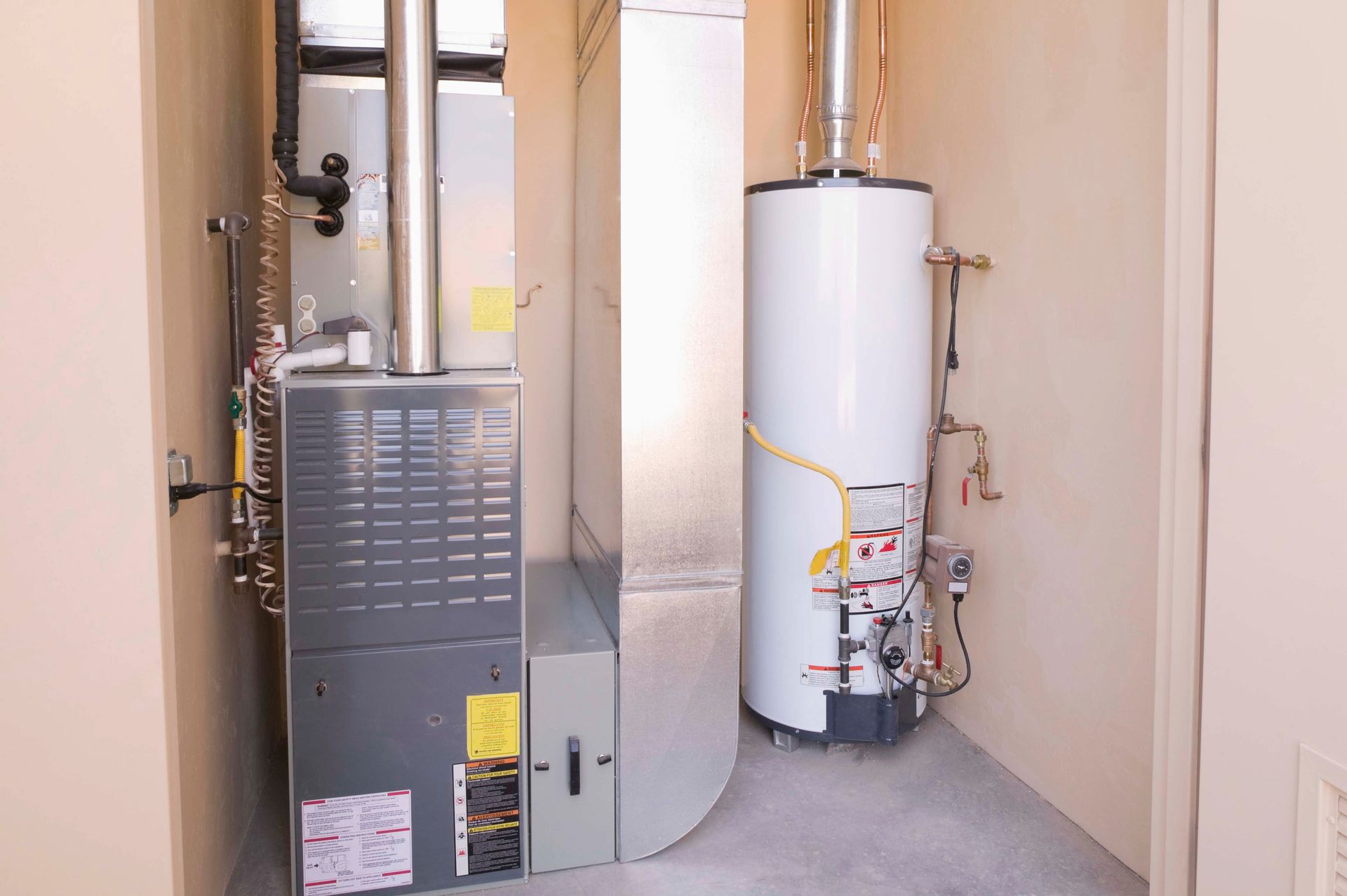
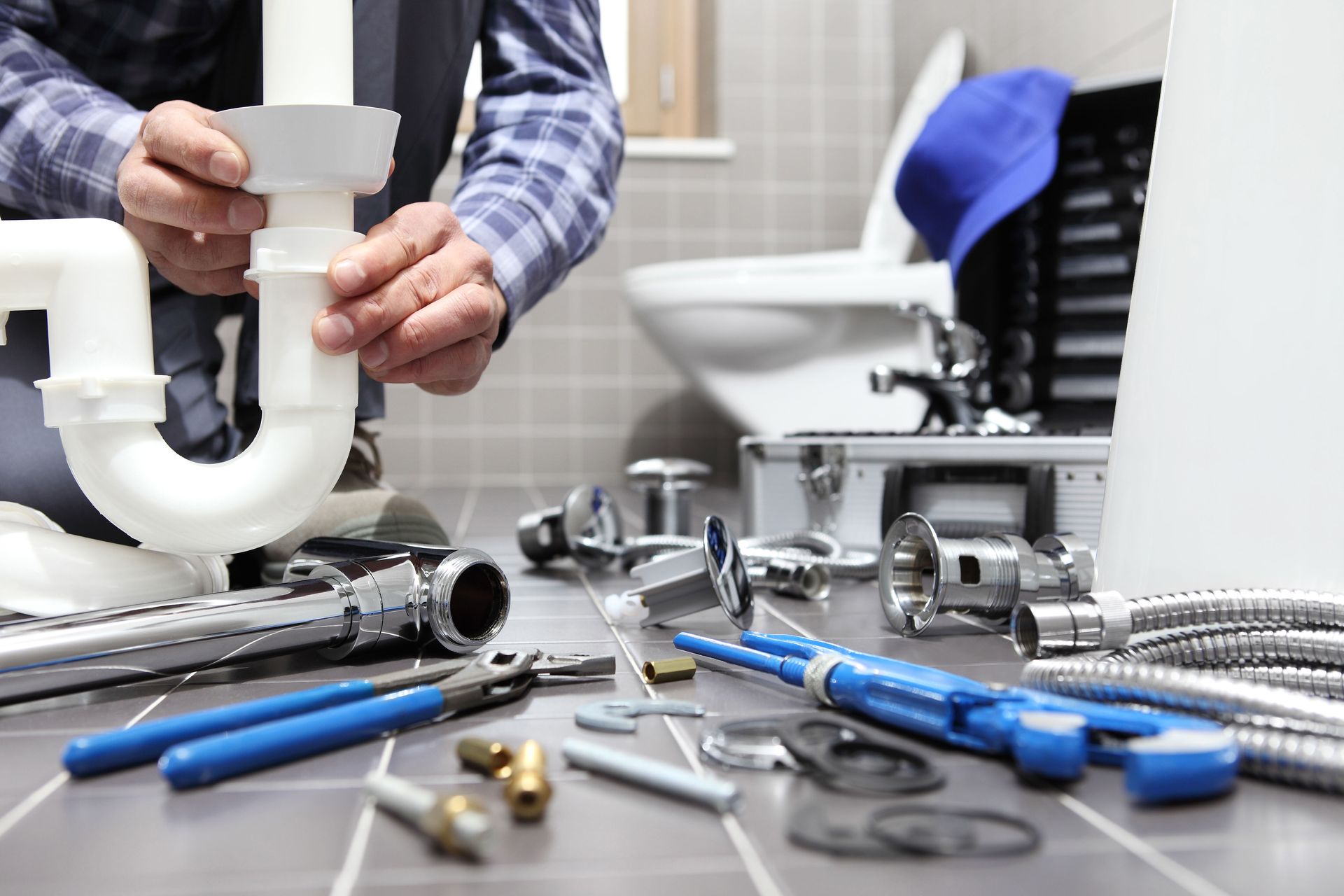
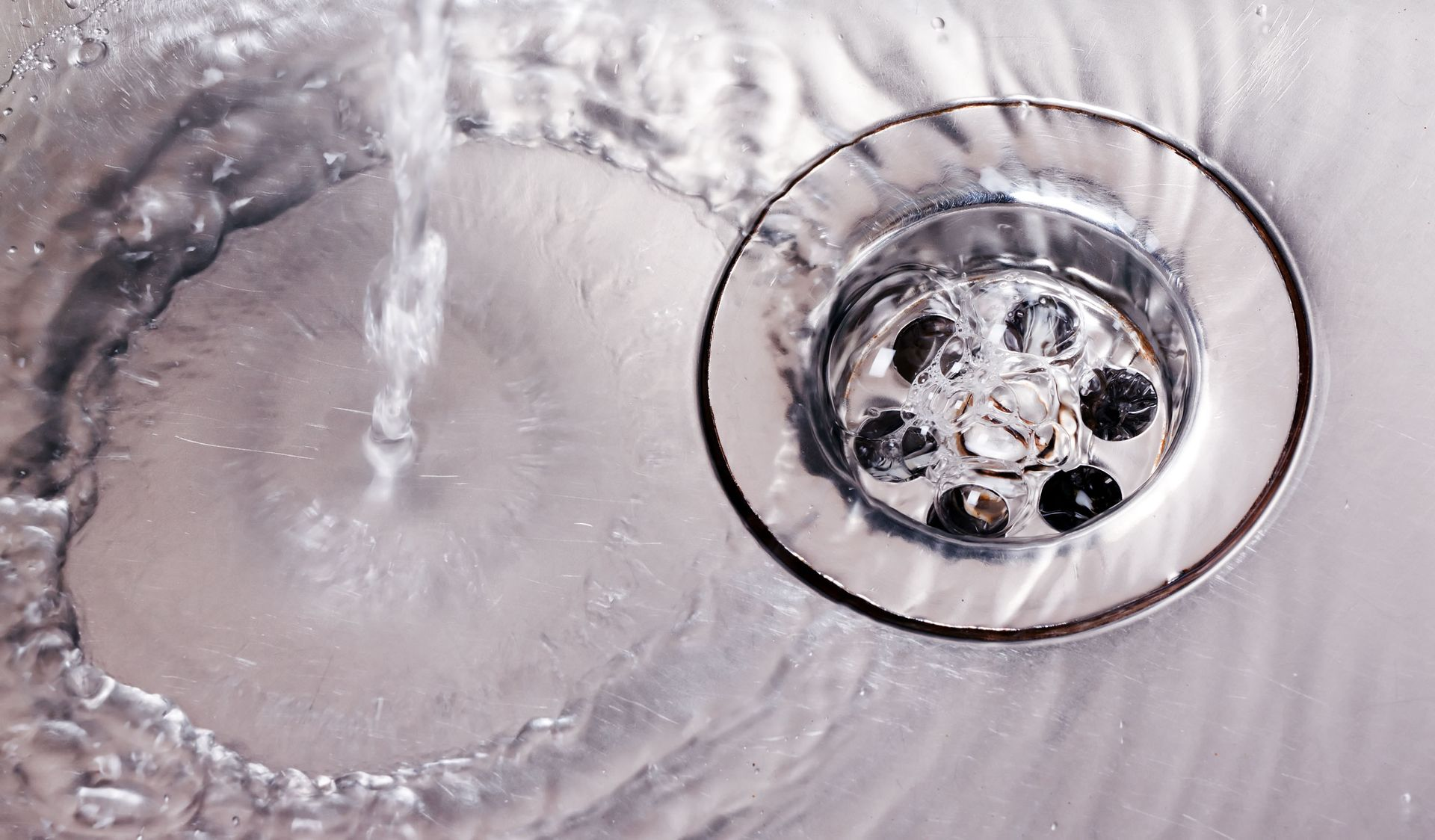
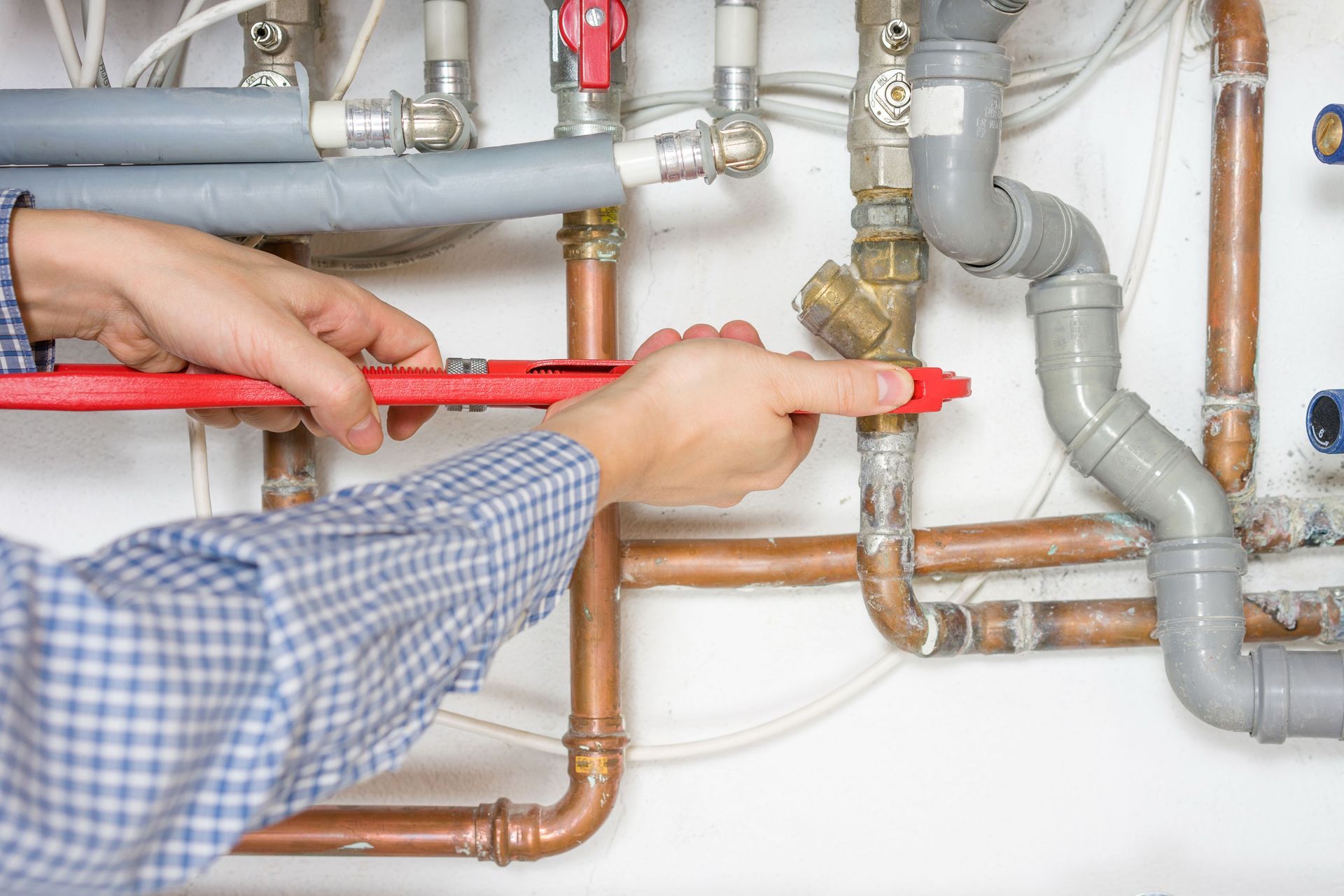
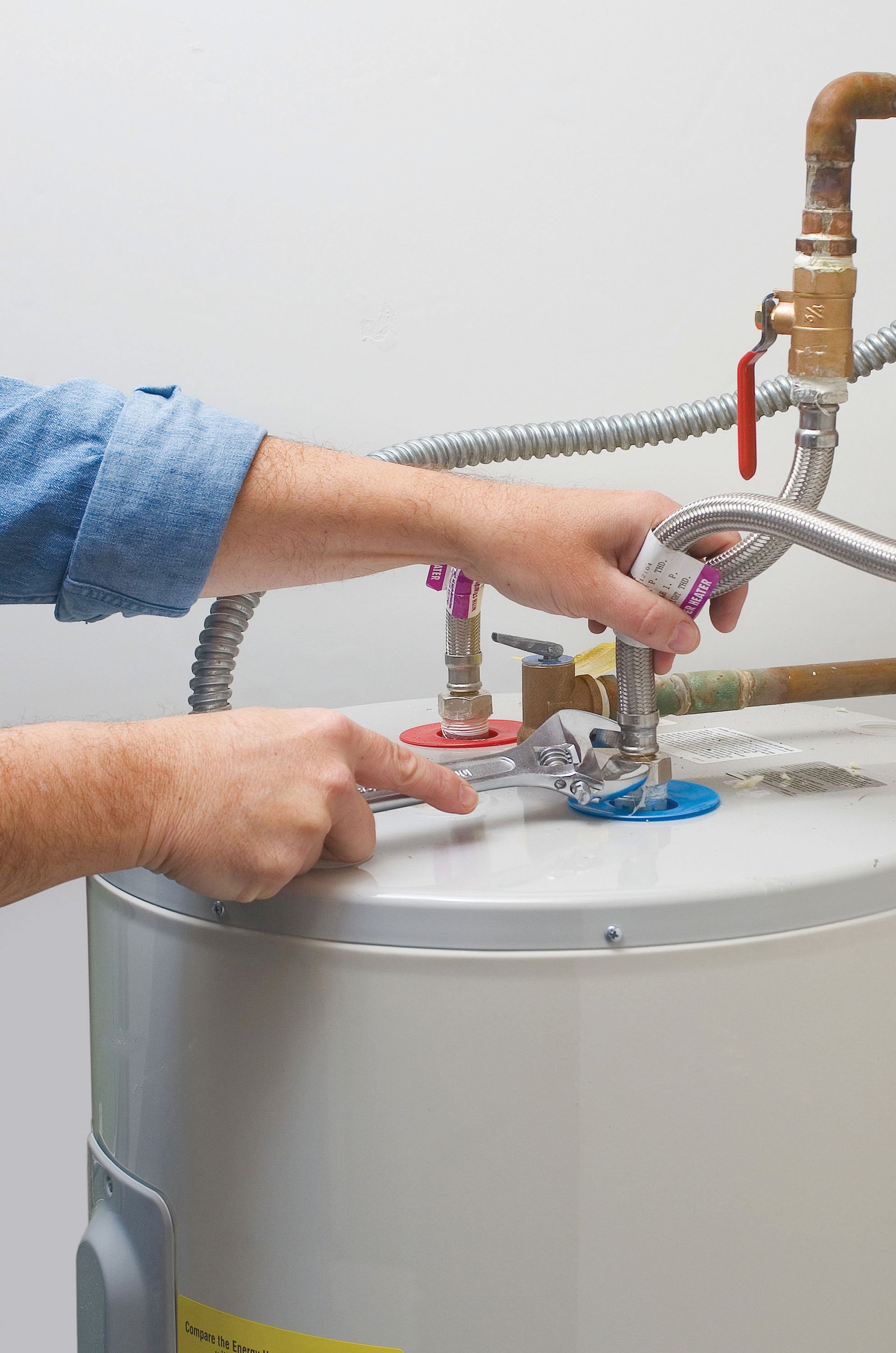
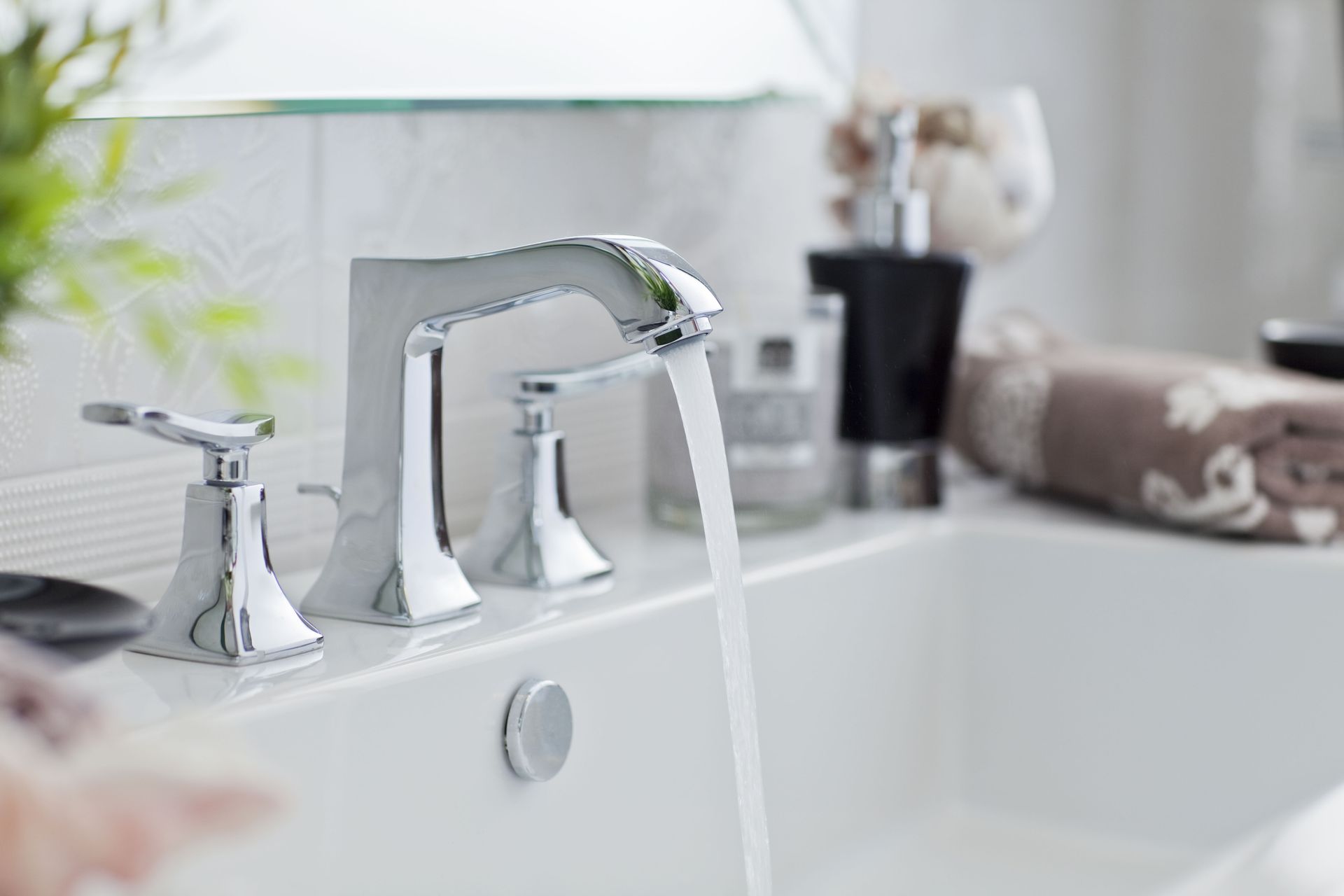

Share On: